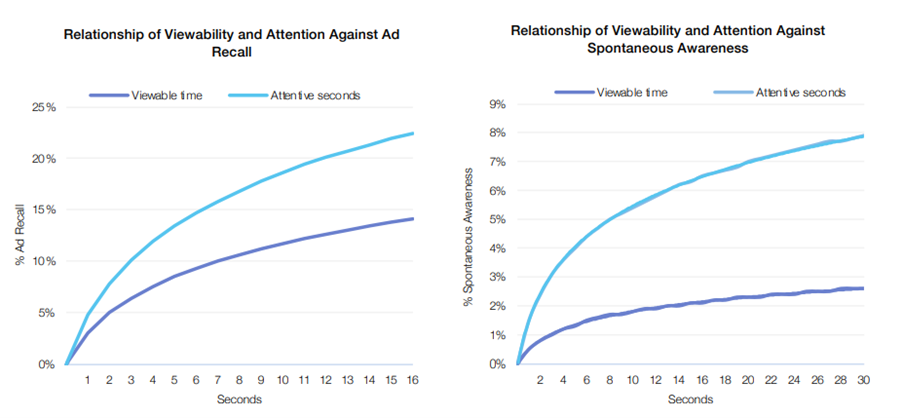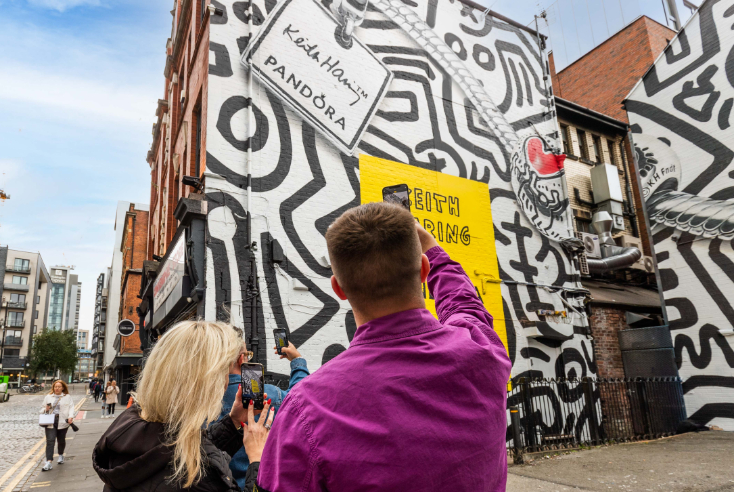Opinion
Route Research’s general manager Euan Mackay responds to the latest Lumen attention study and asks: does attention need to be grabbed all at once? Or is it as effective built up over time?
Another month, another zeitgeist-fuelling Lumen study espousing the need for marketers to grab the “attention” of audiences — this time partnering with Teads and concluding (should we need reminding) that the longer people spend paying attention to advertising, the greater the effect on brand metrics.
The brains behind the study are high-powered, the approach is credible and rigorous and the findings are sensible. However, what the research does not establish and where it leaves me wanting more, is whether the exposure time all needs to be served up in one large helping or whether it can, equally effectively, be built up cumulatively over an extended period.
This is a pertinent question for those of us in the out-of-home (OOH) medium — where, by its very nature, engagements are often fleeting. Work from Lumen suggests the average fixation for a 6-sheet (for instance, a bus shelter ad) is about 1.9 seconds.
Yet we know that, despite this, short fixations can be efficient and effective.
Academic research indicates that a fraction of a second is all that is required to trigger memory encoding and generate a response. Indeed, the Lumen/Teads study acknowledges this — it shows that the bulk of the needle-moving for spontaneous awareness-building occurs in the first few seconds of exposure (in other words, the curves, as you’ll see below, build steeply and flatten fairly quickly).

With digital OOH now reaching higher levels of the population than commercial TV set viewing — 83% vs 79% (according to Ofcom’s Media Nations study) and that the majority of linear commercial TV ads only reach 50% of the population — our medium offers an opportunity for advertisers to engage with an unparalleled broadcast audience albeit on a fleeting and frequent basis.
Use frequency and attention together
In other words (and no apologies as I reach for a Scots’ idiom here) when it comes to attention, “many a mickle, makes a muckle”.
In normal speak this translates to, “little and often fills the purse,” or in marketing speak it means “let’s use frequency to optimise attention.”
OOH audiences already have attention built in. Route does not report on an opportunity to see equivalent (OTS); instead it nets down the audience and adjusts for the likelihood of people seeing an ad based on their exposure “quality” (LTS). The outcome is that all OOH impacts represent attentive seconds seen.
Confessions of an Attention Fundamentalist
So… if it can be demonstrated that a cumulative build of attentive seconds is every bit as effective at moving brand metrics as serving it up all at once, then this gives advertisers the opportunity to build campaign exposures and attentive seconds through the careful balance of frequency.
Work by JCDecaux (and Lumen) suggests that priming with DOOH improves recall of ads in other media (online).
Previous behavioural economics work in this area by Kinetic cites the Mere-effect for OOH. This positions the optimal frequency at between 9-12 (which would typically be between 17 and 23 attentive seconds using Lumen’s average 1.9 second viewing time).
More research is required in this realm and indeed, is being done by OOH stakeholders (with Lumen, naturally). It will be fascinating to see how the cumulative campaign-build of attention can lead to better results for advertisers — or how many more mickles OOH can add to advertisers’ muckles.
 Euan Mackay is general manager at Route Research.
Euan Mackay is general manager at Route Research.
Podcast: Why OOH audiences have not hit a ‘new normal’ yet – with Route’s Denise Turner
Adwanted UK is the trusted delivery partner for three essential services which deliver accountability, standardisation, and audience data for the out-of-home industry.
Playout is Outsmart’s new system to centralise and standardise playout reporting data across all outdoor media owners in the UK.
SPACE is the industry’s comprehensive inventory database delivered through a collaboration between IPAO and Outsmart.
The RouteAPI is a SaaS solution which delivers the ooh industry’s audience data quickly and simply into clients’ systems.
Contact us for more information on SPACE, J-ET, Audiotrack or our data engines.







 Euan Mackay is general manager at Route Research.
Euan Mackay is general manager at Route Research.